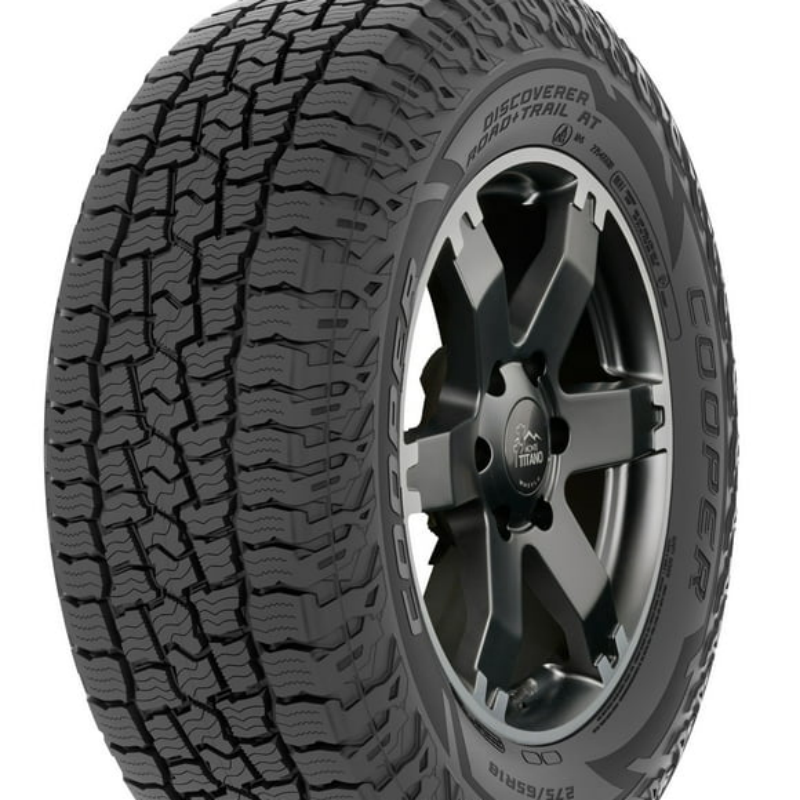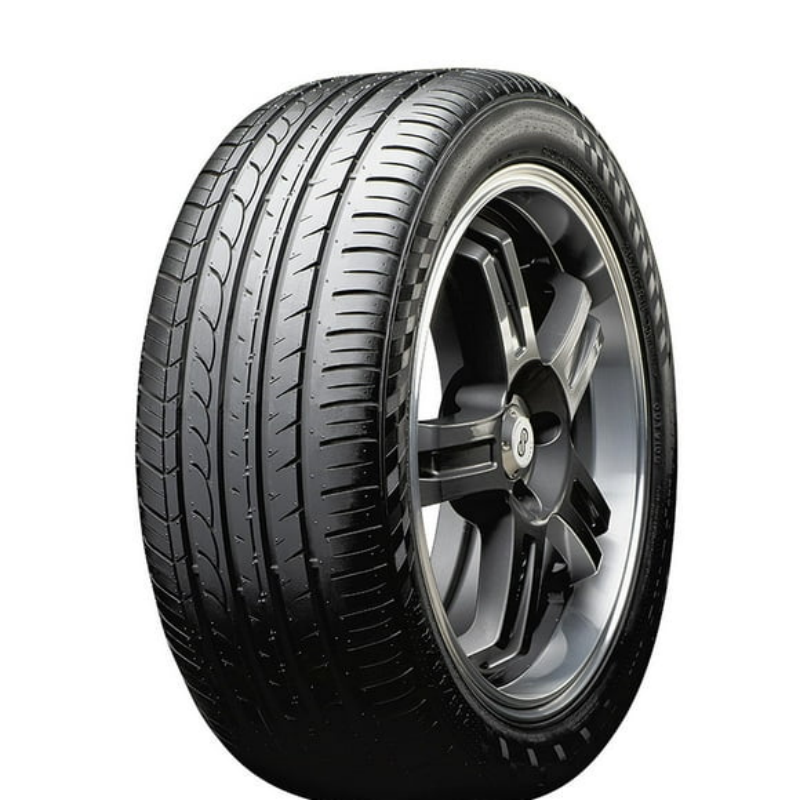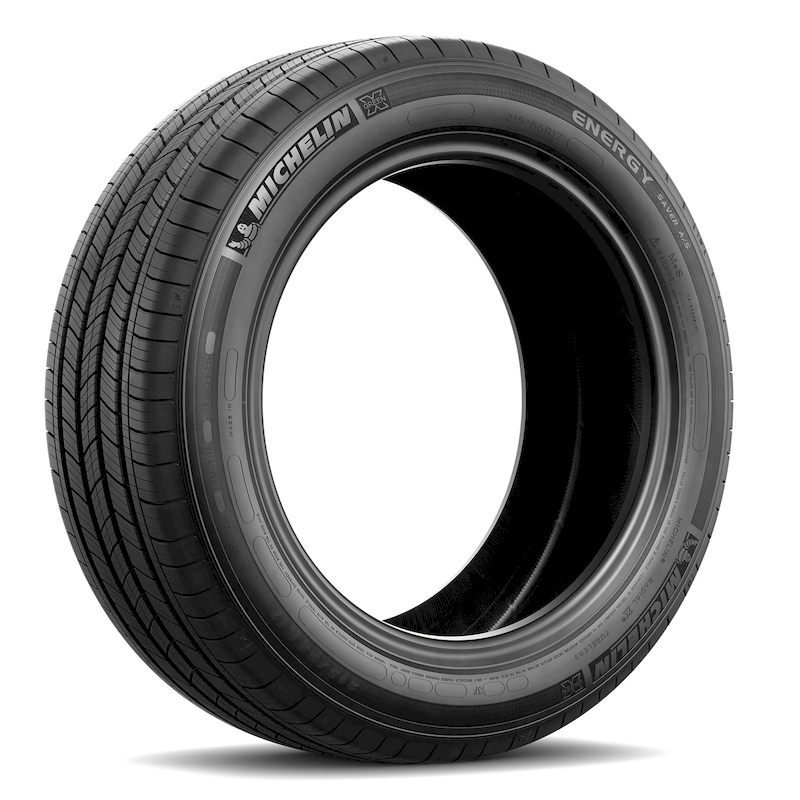When it comes to vehicle maintenance and safety, tire pressure is often overlooked. However, proper tire pressure is critical for maximizing performance, fuel efficiency, and safety. This is where choosing the right tire pressure monitoring system (TPMS) plays a significant role. A good TPMS not only provides real-time monitoring of tire pressures but also alerts drivers to potential problems before they escalate, such as blowouts or decreased fuel efficiency. In this comprehensive guide, we will explore the importance of tire pressure monitoring systems, the various types available, key features to consider, how to install and maintain them, and tips for making an informed decision.
Understanding tire pressure monitoring systems is essential for any car owner, whether you’re an experienced driver or new to vehicle ownership. With the right information at your fingertips, you can improve your vehicle’s reliability and ensure a smoother, safer ride. The freedom of the open road is exhilarating, and having the right tools at your disposal, like a quality TPMS, can help keep your journeys both enjoyable and safe.
The Importance of Tire Pressure Monitoring Systems
Having a good tire pressure monitoring system is vital for several reasons. Tire pressure impacts not just your vehicle but also your overall safety, performance, and tire lifespan.
Enhancing Safety
Tires that are under or over-inflated can lead to dangerous situations. Drivers often may not notice gradual pressure loss until it’s too late, risking blowouts or loss of traction on the road. A TPMS provides immediate alerts when tire pressure falls outside of the safe range, allowing drivers to take corrective action ahead of time.
Improving Fuel Efficiency
Properly inflated tires significantly affect your fuel efficiency. When tires are under-inflated, they increase rolling resistance, causing your engine to work harder and consume more fuel. By using a tire pressure monitoring system, you can maintain optimal tire pressure, potentially saving you money at the pump.
Extending Tire Life
Every tire has an optimal operating pressure that promotes even wear. When pressure isn’t maintained, tires can wear out unevenly, reducing their lifespan and increasing replacement costs. A TPMS helps you keep an eye on the pressure, prolonging the life of your tires.
Smoother Driving Experience
Under-inflated tires can create instability, making your ride rougher and less enjoyable. A tire pressure monitoring system helps ensure that all tires maintain their recommended pressures, providing you with a smoother, more controlled driving experience.
Real-Time Information
Many modern TPMS units provide real-time data, logging tire pressure over time, reporting temperature fluctuations, and offering insight into tire health. This data can be invaluable for proactive tire management and vehicle performance optimization.
Types of Tire Pressure Monitoring Systems
When choosing the right tire pressure monitoring system, it’s essential to understand the different types available. Here are the primary categories of TPMS:
Direct TPMS
Direct tire pressure monitoring systems use sensors located within each tire. These sensors provide real-time readings of tire pressure and relay that information to the vehicle’s onboard computer or display. Direct TPMS systems require occasional battery replacements for the sensors, but they offer highly accurate data.
Indirect TPMS
Indirect TPMS uses the vehicle’s ABS (Anti-lock Braking System) to monitor tire pressures. By measuring the wheel speed, the system can detect changes in tire pressure; under-inflated tires will rotate faster than properly inflated ones. While indirect systems are generally less accurate than direct systems, they are less expensive to maintain and often do not require separate sensors.
Aftermarket TPMS
Aftermarket tire pressure monitoring systems are installed separately from the vehicle’s factory system. These systems are often available in direct or indirect sensor types and can be used in vehicles that do not have built-in TPMS. Aftermarket systems offer flexibility and customization for users who prefer additional features.
Integrated TPMS
Integrated TPMS refers to systems that are built directly into the car’s electronics during manufacturing. Many modern vehicles come equipped with integrated systems that mesh seamlessly with the vehicle’s existing technology, often including connectivity with mobile apps for real-time monitoring.
Key Features to Consider When Choosing a TPMS
Selecting the right tire pressure monitoring system involves more than just picking a type. Here are crucial features to consider when making your choice:
Accuracy
Accuracy is paramount when it comes to tire pressures. Look for a TPMS that provides precise measurements. Reading accuracy within ±1-2 PSI is a standard expectation. Higher-end models may offer even better precision.
Real-time Monitoring
Real-time updates can help you stay informed about your tire conditions while driving. Many systems offer live data streaming that allows you to check tire pressures continuously rather than only at start-up.
Temperature Monitoring
Understanding tire temperature is just as important as knowing tire pressure. Elevated temperatures can indicate problems such as under-inflation. A TPMS with temperature monitoring can help reduce risks associated with high tire temperatures.

Display Type
Different systems come with various display types. Some devices feature dedicated screens, while others integrate with smartphone apps. Determine which type of interface you find more user-friendly and easy to navigate.
Sensor Durability
For direct TPMS, the durability of the sensors is crucial, especially in harsh weather or off-road conditions. Choose a system with robust sensors that can withstand environmental stressors, including water, dirt, and debris.
Ease of Installation
Consider how easy it will be to install the TPMS. Some systems may require professional installation, while others are easy to install at home. Choosing a user-friendly option can save time and money.
Alerts and Notifications
Alerts and notifications can help keep you on track. Look for systems that provide audible alarms or visual alerts when tire pressures fall outside of the safe range. Some advanced systems can even send notifications to your smartphone.
Compatibility
Ensure that the TPMS you select is compatible with your vehicle. Some systems may only work with certain makes and models, while others are more versatile.
How to Install a Tire Pressure Monitoring System
Installing a tire pressure monitoring system may seem daunting, but many products are designed for user-friendly installation. Here’s an overview of how to install a direct TPMS and integrate it into your vehicle:
Step-by-Step Installation for Direct TPMS
- Gather Tools: Before starting, gather the necessary tools. Typically, a valve tool and a torque wrench are required for installation.
- Remove Valve Caps: Carefully remove the valve caps from each tire using a valve tool. Set the caps aside in a safe location.
- Install Sensors: Attach the sensors to the tire valves, taking care to follow the manufacturer’s instructions. Most DIY kits come with guidelines for proper torque specifications.
- Reinstall Valve Caps: Once the sensors are securely attached, replace the valve caps. Ensure all caps are tightened properly to prevent air leakage.
- Calibrate the System: Turn on your vehicle and follow the steps outlined in the manufacturer’s manual to calibrate the system. This usually involves setting the correct tire pressure readings and confirming the system’s functionality.
- Test the System: Drive your vehicle for a short distance to ensure the system registers tire pressures accurately. Monitor alerts or messages on the display to confirm its proper operation.
Professional Installation
If you’re uncomfortable with DIY installation, consider seeking assistance from a professional mechanic or tire service provider. They can ensure the system is installed correctly and calibrated to your vehicle’s specifications.
Maintenance and Care for Tire Pressure Monitoring Systems
Once you have your TPMS installed, proper maintenance is critical for ensuring it continues functioning effectively. Here are some tips for maintaining your system:
Regularly Check Sensor Batteries
Direct TPMS sensors often have batteries that will require replacement over time. Monitor sensor battery life and replace them as indicated in the manufacturer’s recommendations to ensure continued functionality.
Keep Tires Properly Inflated
Make it a habit to check your tires’ pressure regularly, regardless of whether your TPMS indicates a problem. It’s an essential practice to maintain safe driving conditions and tire longevity.
Inspect for Damage
Periodically inspect your sensors for signs of wear or damage. Check the valve stems and tightly secure sensor fittings. If you notice cracks or physical damage, replacement may be necessary.
Calibrate and Reset as Needed
If you change tires or rotate them, recalibrate the TPMS system to ensure it accurately reflects the new tire positions and conditions. Familiarize yourself with the reset procedures outlined in the user manual.
Use Compatible Tires
Utilize tires that are compatible with your TPMS system. Some tire types may not offer sufficient compatibility, potentially leading to inaccurate readings or system malfunctions.
Common Questions and Answers
When it comes to choosing and using a tire pressure monitoring system, many people have questions. Here are answers to some of the most common inquiries:
How Do I Know If My TPMS Is Working?
You can verify your TPMS functionality by ensuring that it activates when you turn on your vehicle. Look for warning lights on the dashboard or alerts that indicate pressure discrepancies.
What Should I Do If I Get a Low Tire Pressure Alert?
If you receive a low tire pressure alert, pull over safely and inspect your tires. Check the pressure using a manual gauge, and if necessary, inflate your tires to the recommended pressure. If a tire is significantly low or flat, consider professional assistance.
Can I Disable My TPMS?
While you can technically disable your TPMS, it is highly discouraged. Doing so removes a critical safety feature designed to keep you informed about tire conditions. Instead, focus on proper maintenance and functioning of the system.
Will My TPMS Work with Aftermarket Wheels?
Most TPMS systems are compatible with aftermarket wheels, but it’s best to consult the manufacturer’s specifications. Make sure that the sensors can be effectively attached to the new valve stems of your wheels.
How Often Should I Replace My Tire Pressure Monitoring System?
The lifespan of your TPMS can vary based on usage and sensor types. It’s best to follow the manufacturer’s guidance. Typically, battery life for sensors may range from five to ten years.

Conclusion
Choosing the right tire pressure monitoring system is vital for enhancing your driving safety, improving vehicle performance, and extending the lifespan of your tires. With a grasp of the types, features, and installation process of these systems, you can make an informed decision that suits your lifestyle and vehicle.
Investing in a reliable and effective TPMS provides peace of mind, knowing you have accurate and real-time information about tire pressure and health. Proper maintenance ensures your system remains functional and effective, allowing you to focus on the road ahead without any worries.
The importance of maintaining correct tire pressure cannot be overstated. With the right tools and knowledge, you can maximize your vehicle’s capabilities while enjoying your rides. Embrace the confidence that comes with a well-maintained motorcycle or vehicle—a choice that promotes both performance and safety.

